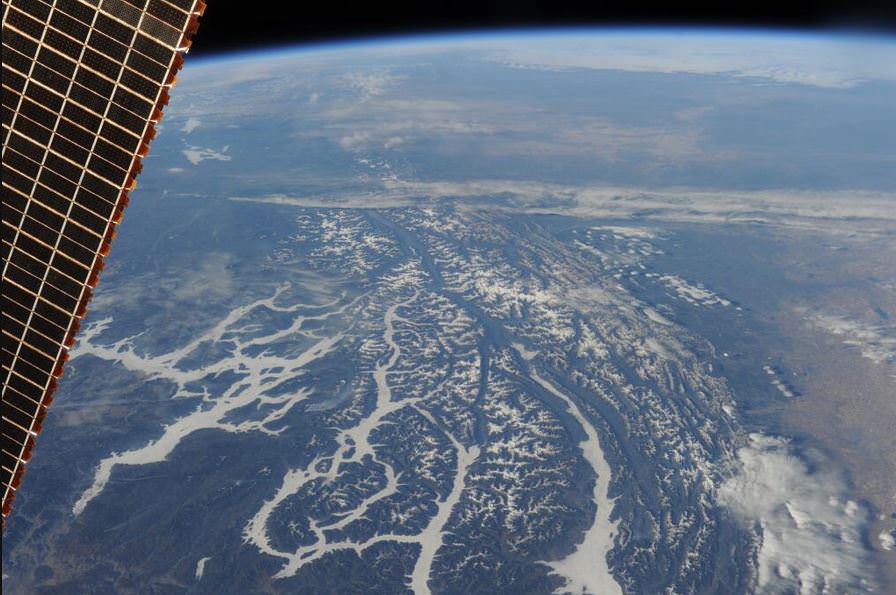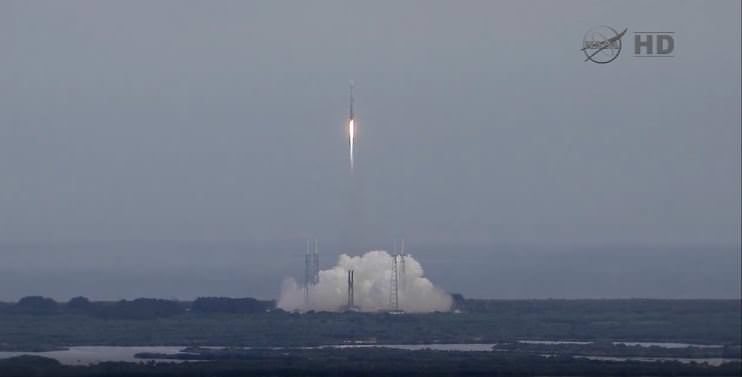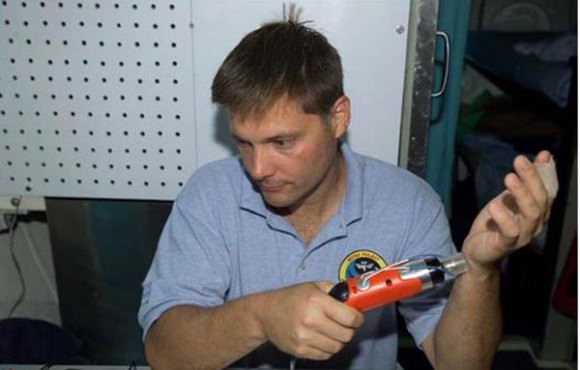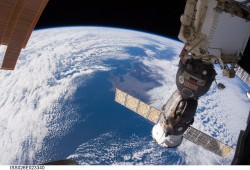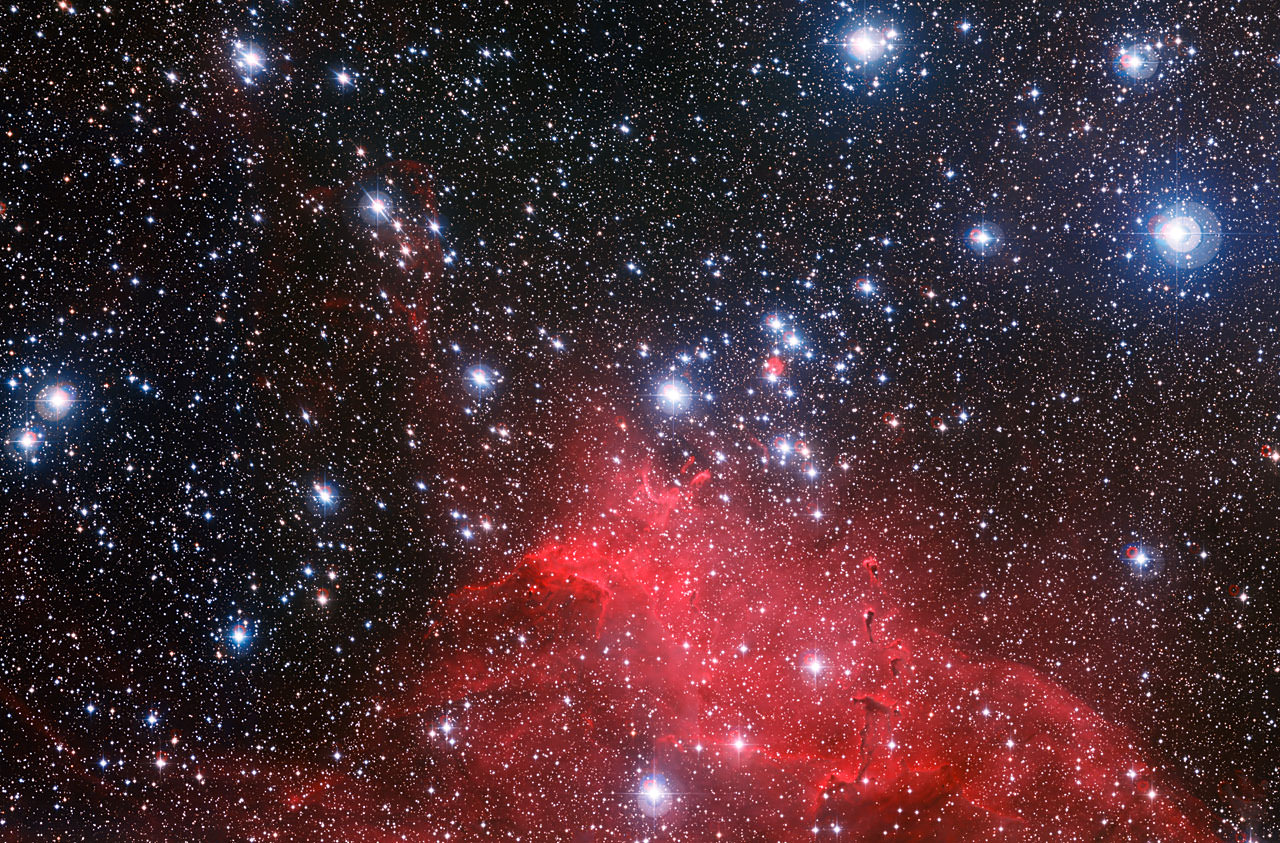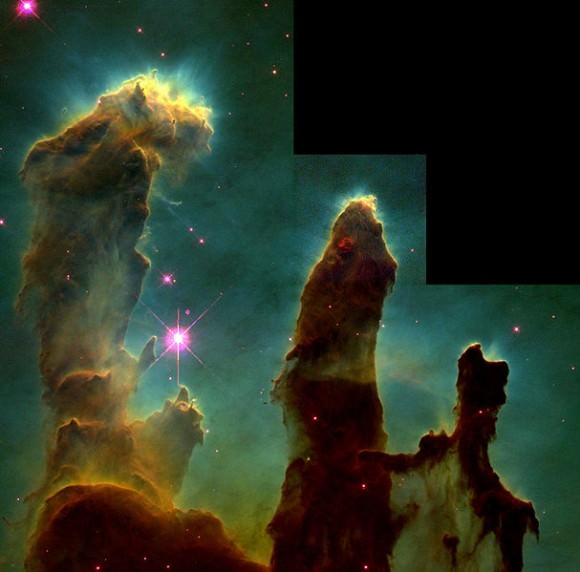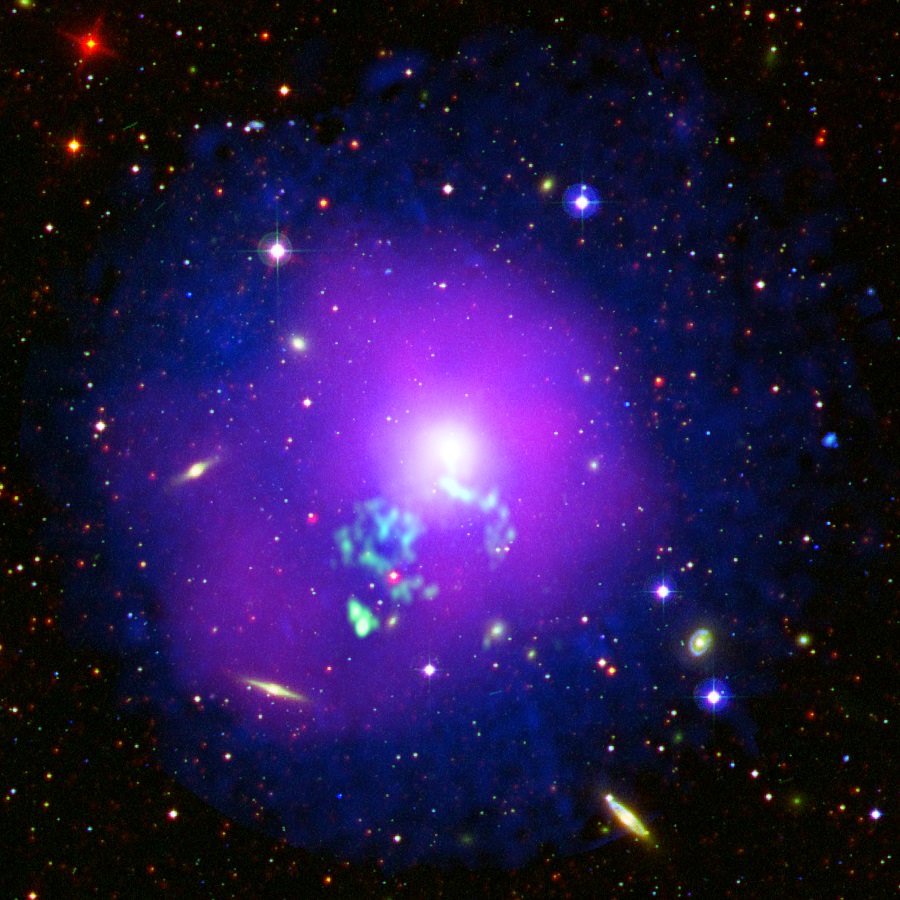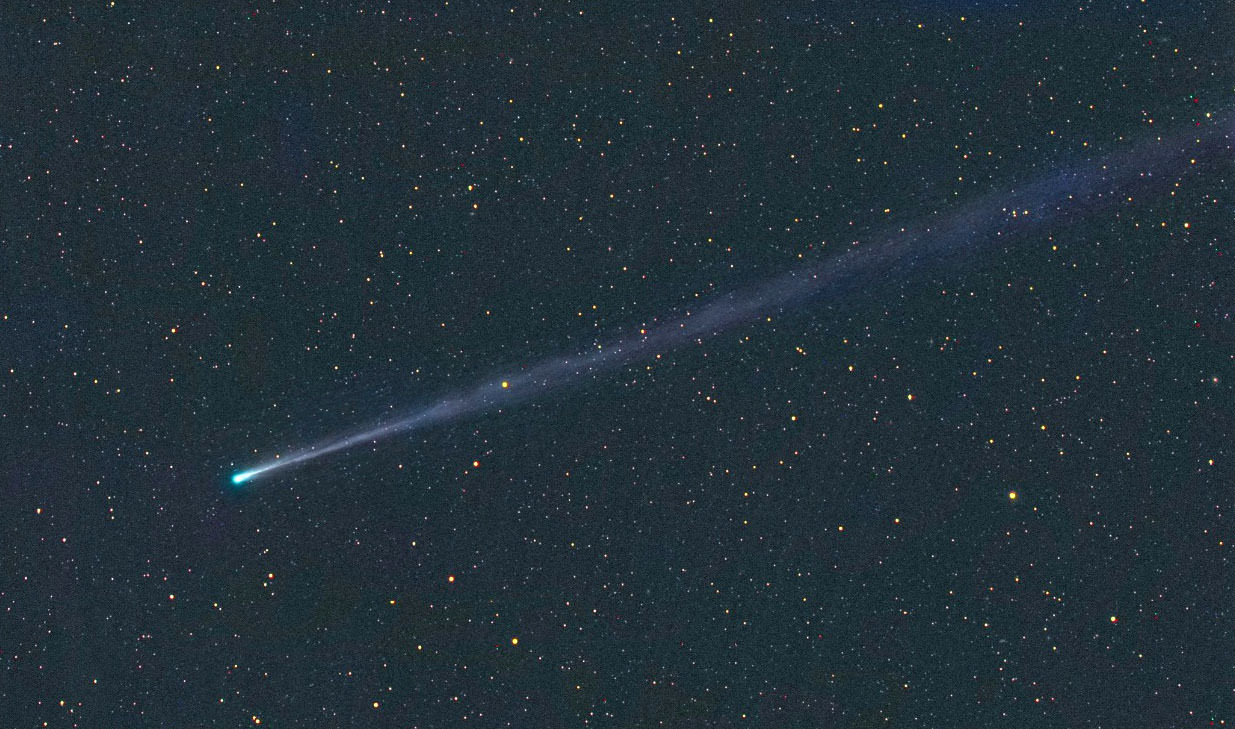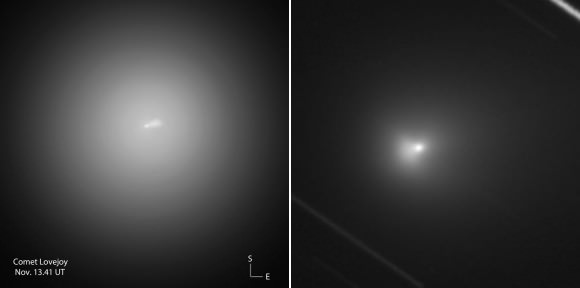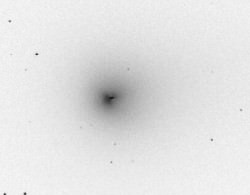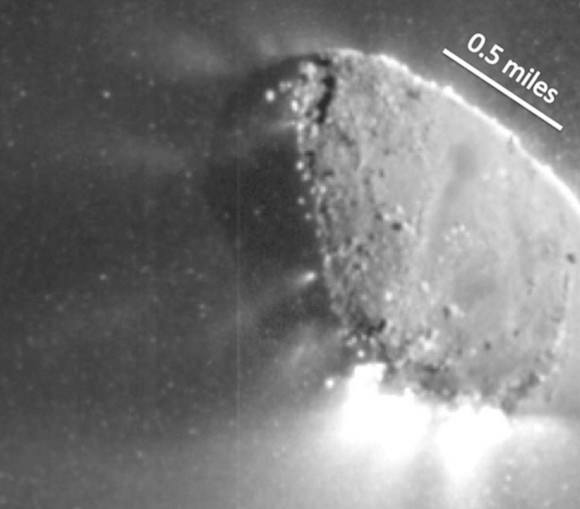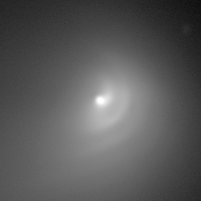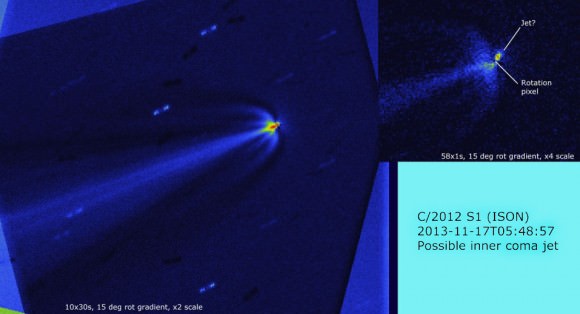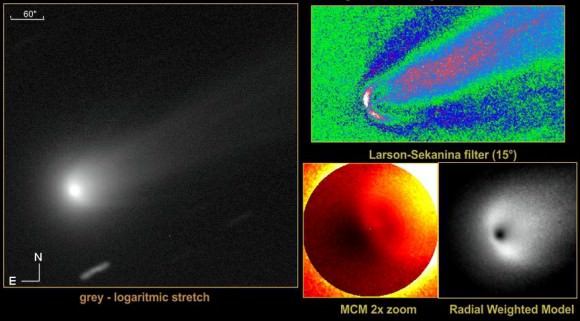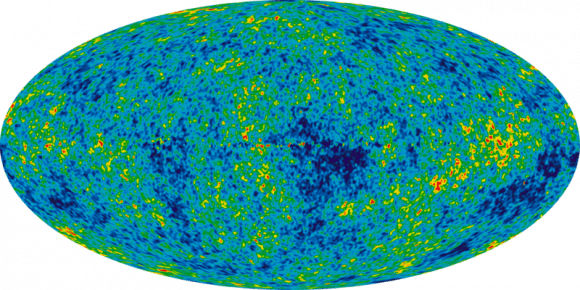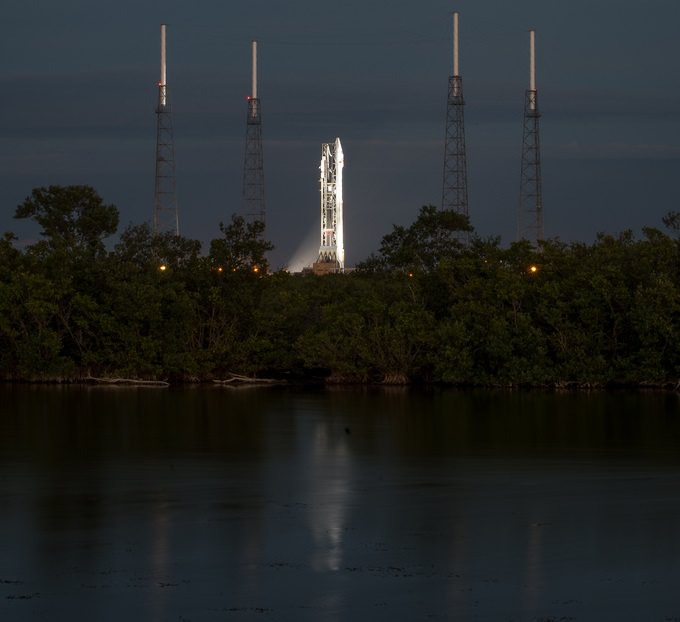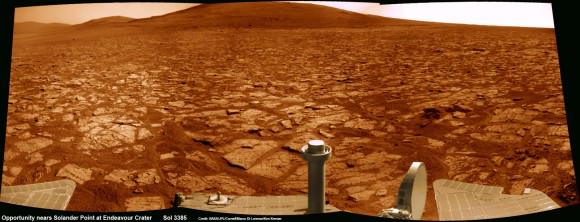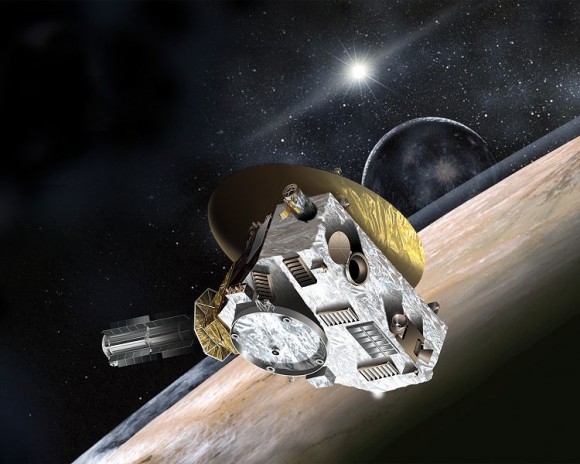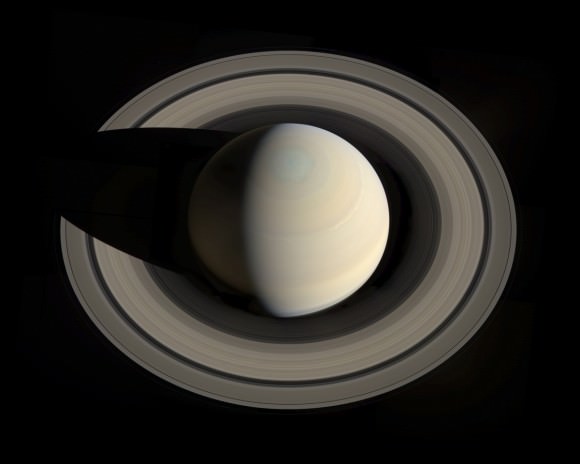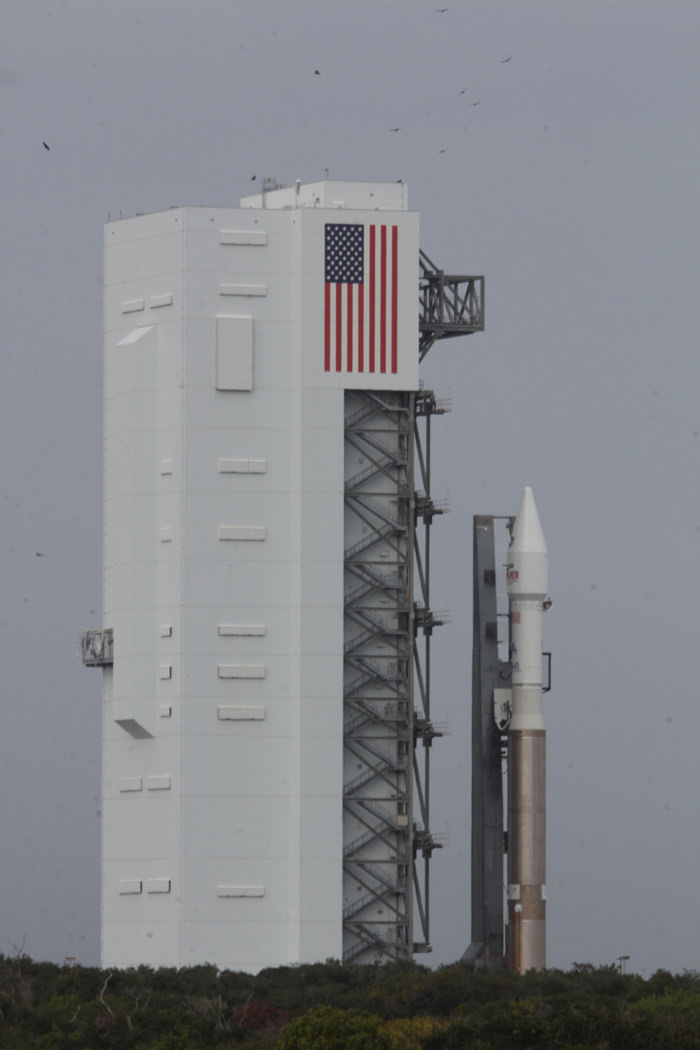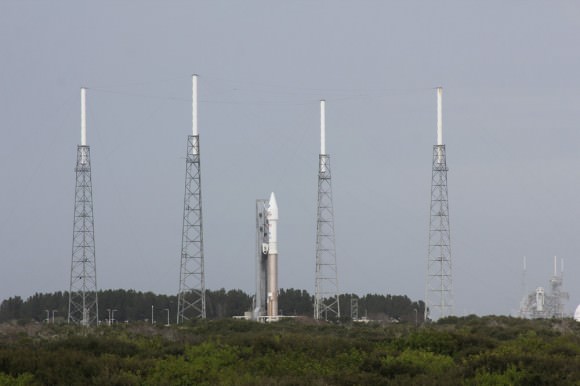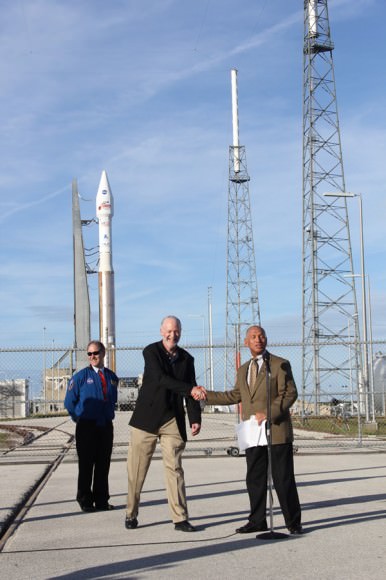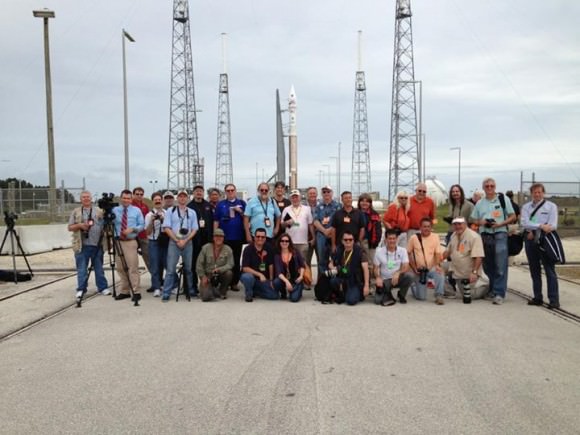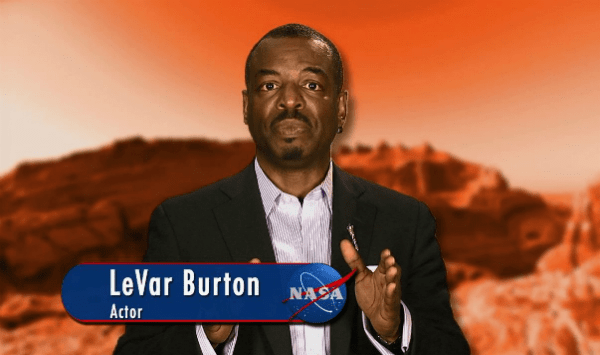A Canadian camera system aiming to provide near-realtime video views of Earth is readying for a launch from Kazakhstan.
If all goes well, the UrtheCast dual camera system will blast off in a Progress supply ship on Nov. 25, 2013.
This will be the world’s first ever high definition, live-streaming video platform of planet Earth from the International Space Station.
“Imagine you have a nearly live Google Earth, but it isn’t four year old data – you have data that is being refreshed all the time, with videos coming down over interesting areas where interesting events are going on, showing you what is changing, what is going on,” said George Tyc, the Chief Technology Officer at UrtheCast, in an interview with Universe Today earlier this year. “What we really hope to pull off is to change the paradigm, get the everyday person interacting and seeing the data coming down from space to see the Earth and how it is evolving over time in a way that isn’t available right now.”
Last week at the Canadian Space Society Summit, UrtheCast co-founder Wade Larson explained the camera setup will take place in phases, with Phase 1 of the project having two cameras facing the ground, with one having a fixed gaze and the other one featuring maneuverability to points of interest. These should be installed on the station sometime in December 2013, Larson said, with data coming in the first quarter of 2014.
The company’s aim is to make Earth video data more accessible to individuals and schoolchildren, who would log in on UrtheCast’s website, as well as the traditional customers of government and private companies. Additionally, a recent partnership agreement with the UN will see them offer real-time information on dynamic situations such as floods and mass movements of people during humanitarian disasters. They will also be integrating the data with live social media feeds as well as opening up their API for app developers.
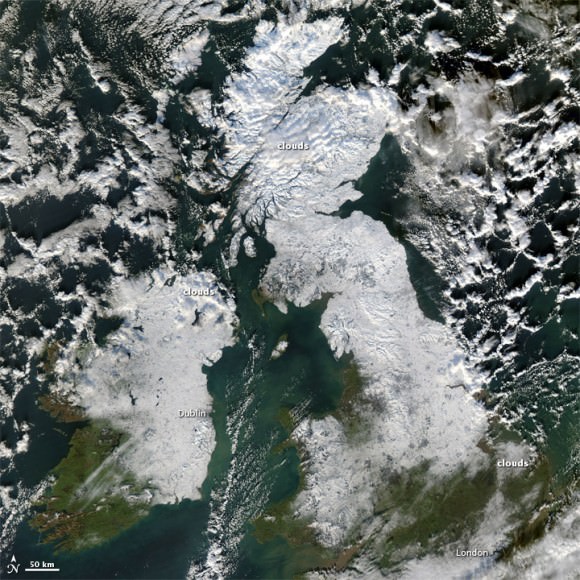
Current sponsors on the project from UrtheCast (pronunced “Earthcast”) include Roscosmos, MacDonald, Dettwiler and Associates, the Discovery Channel, Energia, Unosat and RAL Space, Larson added.
The UrtheCast team is working in an exclusive relationship with the Russian Aerospace giant RSC Energia (NASA is not involved at all), and cosmonauts on board the ISS will install the cameras. The video data of the Earth will be down-linked to ground stations around the planet and then displayed in near real time on the UrtheCast web platform.
“We had to meet quite a strict set of requirements that the cameras are safe for cosmonauts and astronauts,” Tyc said, “as there can’t be any toxic substances because they will be inside the ISS before they are installed.”
Tyc added that it will take two spacewalks to do the full installation. The cameras are expected to last at least five years, and Tyc expects them to be up there even longer. “We’re looking at putting additional cameras up there for a second generation, and we expect to be up there for the life of the station, really,” he said.
Tyc said he thinks the social media aspect of UrtheCast will be a big part of the entire experience.
“For example, in a natural disaster or big event we’ll also incorporate videos from the ground of things going on, to experience an event in a far different way than you can now,” he said. “And it’s not being filtered through a media agency — it is what it is – and people can draw their own conclusions and add their own voice.”
Tyc said that if the concept takes off, they think this will be a shift in how people can interact with others around the world. “It could be a feeling of the Overview effect – people who go to space are have a completely changed perspective – we’re trying to bring a little bit of that to the ground,” he said.
The team said the name UrtheCast is a bit of a double entendre, as it is pronounced like “EarthCast” but also looks like “You Are the Cast” since it will be live views of planet Earth.
Find out more at the UrtheCast website.
Nancy Atkinson also contributed to this report.

